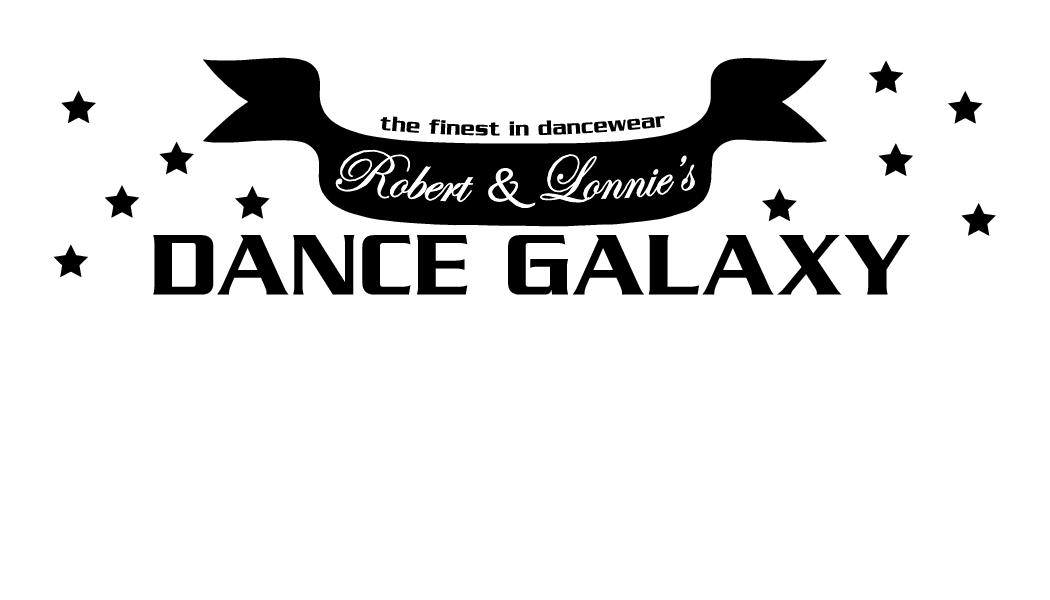ELEMENTS OF GOOD DANCING
1. WALKS, WEIGHT CHANGES, AND CHASSES: Refers to the descriptions of the patterns - foot direction.
2. SCHOOL FIGURES: Any of various patterns, such as the box step.
3. RHYTHM AND TIMING: Rhythm denotes the use of the words slow, quick and "and" to describe the musical value of the steps. Timing denoted the use of a numerical count to describe the musical value of the steps.
4. TEMPO: Musically the rate of speed at which he music is played.
5. FOOTWORK: Refers to the part of the foot with is being used during certain parts of a school figure and in what order.
6. POISE, POSTURE, AND HOLD: Poise refers to the position of the upper body in relation to the feet and arms. Posture learning to keep the body, upper and lower torso, in line while moving across the floor.
7. LEADING AND FOLLOWING (BODY, SHOULDERS, HAND OPEN): When a student reaches Bronze, they no longer lead and follow through pushing and pulling. They learn to lead and follow through the body by connecting the diaphragms including shoulder leads, hand connections, and open position by visual leads.
8. FIVE FOOT POSITIONS: 1st Feet Closed
2nd Feet Apart
3rd Feet Closed - Heel to instep
4th Feet Apart - Forward or backward
5th Toe to Heel with the toe turned out
9. TOP DEVELOPMENT: Refers to the discipline of training the top line to create the perfect frame.
10. TURNS (NATURAL AND REVERSE): Refers to left and right turns.
11. AMOUNT OF TURNS: This term is used to describe turning actions in dancing. It should be remembered that the amount of turn is measured by the beat , in degrees of fractions.
12. DIRECTIONS AND ALIGNMENTS: Alignments refer to the direction the foot (or feet) is pointing in relation to the room.
13. RISE AND FALL: Refers to the use of the body, legs, ankles, and feet to achieve an upward stretching and soft lowering. It is the basic technique of the Fox Trot and Waltz.
14. SWAY: Is the sideward pause of the body, which normally follows CBM in turning figures in smooth dances. It is the technique which best typifies Fred Astaire.
15. BALANCE: This refers to the correct distribution of the weight of the body over the supporting foot.
16. VERTICAL RHYTHM: Is a basic characteristic of Samba. The spring like action from the ankles cushioned by the slight flexing and straightening of the knees.
17. LATIN MOVEMENT: Is the authentic rolling, lateral motion of the hips, which occurs as a result of the flexing, and straightening of the knees.
18. STYLE: The ability of the dancer to project his own interpretations of the characteristic style of the dance.
19. HEAD, SHOULDERS, HANDS, AND ARMS: Refers to movements, which are styling techniques that are used to enhance the characteristic style of the dances.
20. CONTINUITY OF MOVEMENT: The term given to the flow of movement that is achieved when the dancer is able to naturally blend the figures without conscious effort.
21. AMALGAMATIONS: Refers to groups of patterns put together to create different sequences.
22. CONTRA BODY MOVEMENT POSITION: This is a foot position and results when the moving leg is placed across or in line with the supporting leg, either forward or back.
23. SMOOTHNESS: Refers to the technique used in Fox Trot, Waltz, and Tango. Moving from one step to another with ease and balance.
24. MUSICAL INTERPRETATION AND PHRASING: Refers to understanding the highs and lows of the music and understanding the groups of measures in the music.
25. BODY LINES: Creating good pictures through holding the body in correct position starting with holding the Four Blocks (Hips, Ribs, Shoulders, Head) in line then adding head and arm styling. Example: Crossovers
26. GRACE AND COMPOSURE: The look of confidence and ease while demonstrating a figure.
27. BODY FLIGHT: Momentum of the body the rate of speed or intensity with which the body is driven to move.

